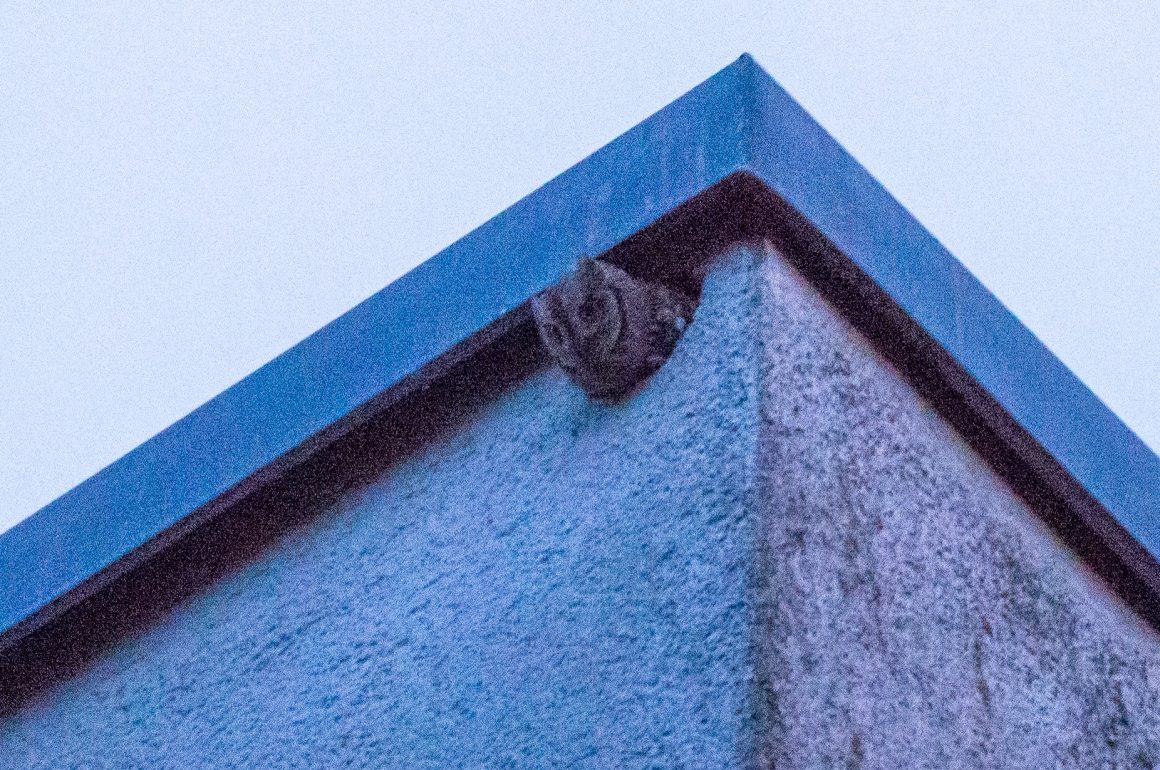
“Bit of a twitcher, are ye?” That’s what my high school biology teacher asked, a grin on his face, when he found out I was a birder. Another teacher in that school had skipped his university exams to twitch a Steller’s Eider in England back when he was a student. I’ve twitched a rarity here and there but very few actual vagrants, so I felt like I didn’t quite qualify and gave the somewhat disappointing answer of “well, kind of but not really”. That was several years before I volunteered on the birding hotspot of Heligoland where pretty much every other bird you see is twitched, although I’m not sure if walking five minutes to the other end of the island to see a Red-throated Pipit counts as twitching.
I’ve also had a few of those satisfying yet frustrating moments most birders have probably had: finding a rarity, only to find out later that it has been recorded by others previously. What lingers is that restless feeling that while you did find something good, it’s not like you’re the first person to have done so. Plus it feels as if you twitched it even if you didn’t. The most memorable of those moments for me was when I saw a Daurian Starling in an urban park when I lived in Sri Lanka (see my personal blog), a rare vagrant on the island which, as I found out the following day, had been seen by others for a few days already.
If a post has such an absurdly horrific cover photo as this one, it better be a good bird, I hear you think. I recently heard of a European Scops-Owl in Bonn, but did not bother too much. I knew I would be in southern France in the summer, and chances weren’t bad to see the species there. I usually prefer to see the birds in the natural extent of their range anyways. Then, a friend sent me the exact details of the location and I thought I might as well give it a try. It’s not the first time this species has is recorded in the region but it’s certainly a vagrant as its normal distribution is in southern Europe. The bird was calling in a suburban neighborhood for several weeks, and a while after my arrival in the area I also heard its characteristic hooting call from some trees. Eventually I also obtained brief views of the owl as it called from a hole at the top of a tall building (hence the absurdly horrific cover photo of this post).
This was the second time I’ve twitched a bird in Bonn (first being a Wallcreeper earlier this year) and I quite enjoyed that it was a small change to the normal birding outings. A lady living in the building where the owl was calling from was curious about the bird but told me that many other residents were becoming increasingly annoyed at the non-stop hooting every night (and for a while also did not know what it was). I would’ve liked to see their bemused faces on the first days when several twitchers arrived with their heavy optics, looking up towards the building.
I continue to enjoy the common resident birds just as much. Okay, that’s not entirely true. Maybe not just as much, but major advantage is that you can actually get proper views of them. If the owl would find a partner (which is probably a remote possibility at best), it would have quite some competition with the Ring-necked Parakeets that are now actively collecting food for their offspring. I noticed that these birds look quite different from the representatives of the species in Sri Lanka – seems like the ones from captivity show quite some plumage variation.
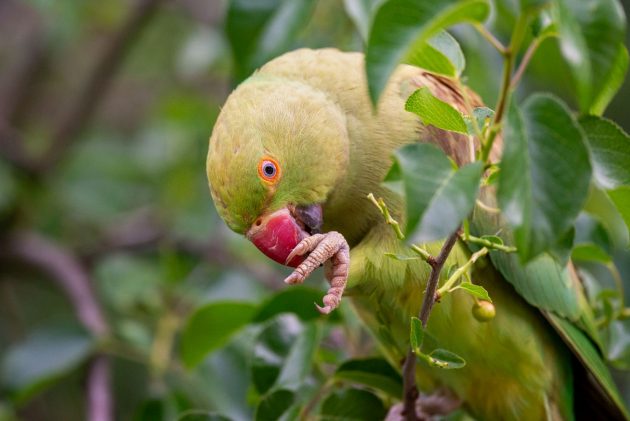
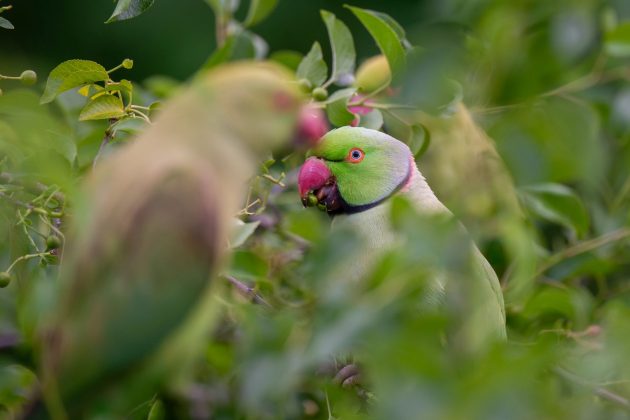
Staying with the hole-breeding theme, the chicks of the ever-present Eurasian Nuthatches and Great Tits had left their nests by now. The parents, who earlier had been trying to meet their offsprings seemingly limitless food requirements, now seemed (understandably) stressed out about them being snatched by some feral cat. It seemed that the Great Tits in particular where quite successful however, with noisy families of this species being encountered seemingly every 50 meters in my local park.
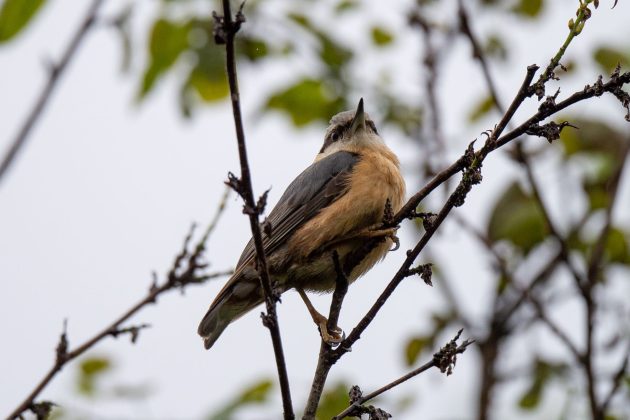
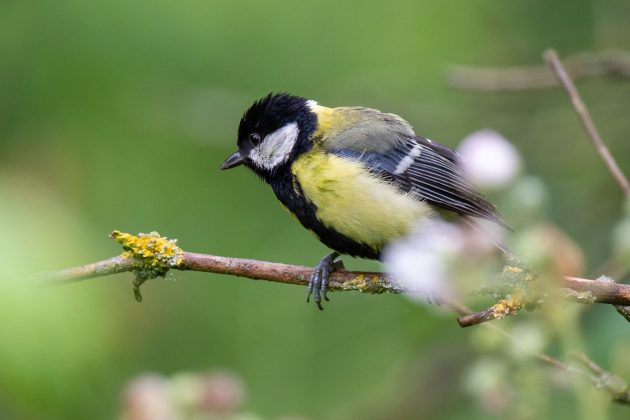
While I was initially not too enthusiastic about twitching the Eurasian Scops-Owl, I’m very happy I did. It was not a lot of effort to get to the site and it was a good distraction from the usual birds around – even when I say that I enjoy watching them, there’s nothing like a rarity to spice up things a little bit in the neighbourhood birding department. Plus, now I’m under no pressure to find the species in southern France during the holidays.













Leave a Comment